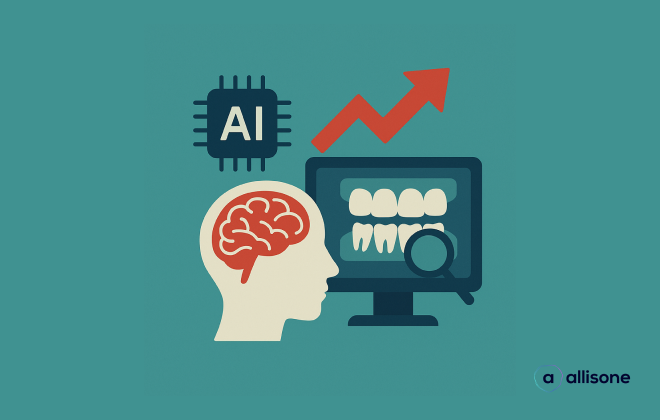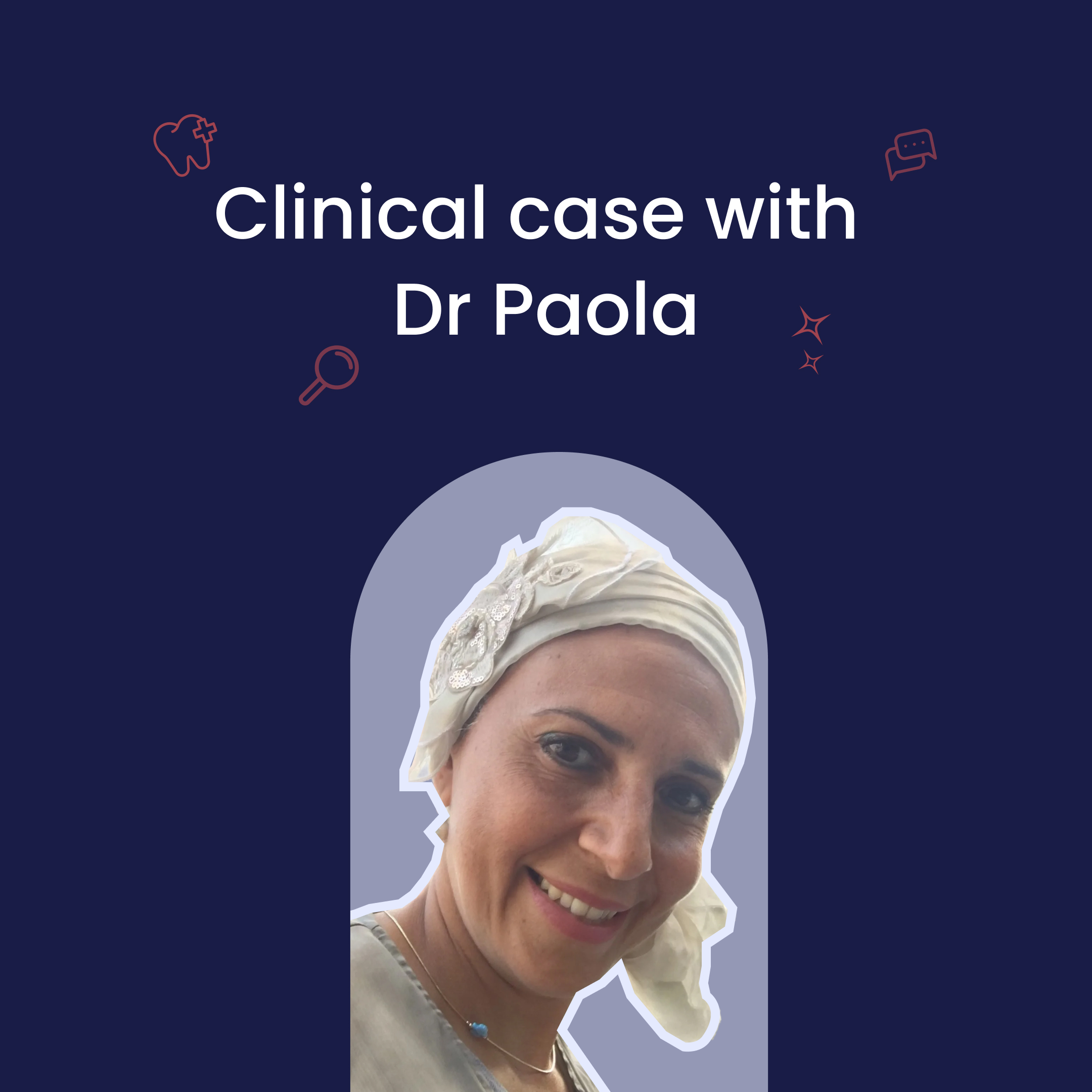Ecological dentistry: what is it, what are the benefits and how can you implement it in your practice?
.png)
It can be hard to believe that ecological principles can work in your practice when you see the number of gloves you throw away every day, or the number of single-use consumables you order from the office every month. And yet, there are a number of ways in which you can move towards greater eco-responsibility within your practice. So, what is ecological dentistry, how can it be implemented and what are the expected benefits? We tell you all about it!
What is ecological dentistry?
Ecological dentistry, also known as green dentistry or sustainable dentistry, refers to an approach to dental practice that integrates principles of environmental sustainability and social responsibility. It aims to reduce the ecological footprint of dentistry by using techniques, materials and procedures that minimize negative impacts on the environment. Ecological dentistry is also a concept that draws on ethical principles to encourage sustainable and responsible dental practices. Indeed, the aim of ecological dentistry is to create a sustainable, practical and responsible dental practice that takes ethical and ecological considerations into account.
Adopt an ecological approach in its practice by opting for the use of environmentally-friendly materials:
First and foremost, ecological dentistry favors the use of dental materials that are safe for the environment and patients' health. This may include materials that are biocompatible, recyclable, low in harmful chemicals, or derived from renewable sources. This includes the use of fluoride-free, recycled and/or biodegradable products.
When it comes to medical supplies and equipment, there are many reusable material options that will save you money and reduce waste over time. For example, using reusable instruments, sterilization containers and protective masks instead of single-use materials will help you cut costs while continuing to provide quality patient care, without compromising safety standards or environmental sustainability goals.
Firms can also use technologies such as reusable packaging systems and electronic equipment to reduce waste.
Manufacturers are also sensing a growing demand for sustainable or degradable materials. That's why they also try to think about the materials they use to reduce their environmental impact when designing their equipment.
Invest in equipment for your practice and adopt best practices:
Green dentistry encourages the reduction of water and energy consumption. This can be achieved by using water-saving technologies, optimizing the use of lighting and heating, adopting energy-efficient practices and using dental equipment efficiently. As elsewhere, even the most basic energy savings apply to the dental practice:
- Invest in LED lighting - LEDs consume up to 80% less electricity than traditional bulbs. Switching to LED lighting could therefore help you save on electricity costs and reduce your carbon footprint. Connected equipment with motion and brightness sensors are also an excellent option if you have sufficient natural light depending on the time of day and the weather.
- Opt for green cleaning products - Replacing harsh chemical cleaning products with eco-friendly alternatives can benefit both the environment and the health of those who use them.
- Install devices to limit water flow - Installing flow-reducing devices for toilets, showerheads, faucets, etc., will reduce your water consumption without sacrificing performance or comfort.
- Choose energy-efficient appliances by referring to their energy class.
- Organize responsible waste management by all members of your team - This includes waste sorting, recycling of recyclable materials such as paper, plastic and glass, as well as proper disposal of biomedical waste and hazardous dental chemicals.
- Reduce paper use - Dematerialization is one of the easiest ways to make your practice more sustainable. You can start by digitizing patient records and using digital payment methods wherever possible. You can also use software such as Allisone to automate reporting and email your patients their x-rays, reports, treatment plans and educational tools to help them understand your care.
Investing in new technologies
Opt for digital radio! Traditional X-ray machines cause a great deal of pollution. With digital X-ray machines, patients are less exposed to radiation (70% to 90% less) and, by working with digital technology, you no longer need paper and plastic.
Take the plunge into CAD/CAM dentistry and carry out your restorative treatments entirely in-house, without the need for a laboratory. Carry out treatments in their entirety in a single appointment to avoid having your patients relocated. The use of digital technologies such as intra-oral scanning also reduces the use of non-recyclable medical instruments and consumables.
Prioritize prevention and conservative care:
Ecological dentistry emphasizes the prevention of dental problems to reduce the need for invasive procedures. It promotes patient education on oral hygiene practices, balanced diet and healthy lifestyle habits to maintain good long-term oral health.
However, according to a study carried out by the Allisone teams, 42% of patients said that their practitioner did not share enough information during the consultation, 36% said that they did not understand the proposed treatment and 56% did not accept their treatment because they did not consider it "urgent/important".
Chairside education and clear information shared with your patients are the key to enabling your patients to choose preventive treatment and avoid the traditional "I'll come back when I'm in pain".
Opt for patient communication software to improve patient understanding and increase adherence to your treatment plans.
To implement eco-friendly dentistry in your practice, it's important to assess your practice to identify non-ecological practices that can be improved. From responsible waste treatment to the acquisition of new technologies, the possibilities for making your practice eco-responsible every day are endless. In addition to doing something for the planet, every little gesture will save you money in the long term, make your practice attractive for association or resale, and offer a more respectful and ethical approach to your patients.
Articles en lien
Lorem ipsum dolor sit amet, consectetur adipiscing elit.

Comment l’intelligence artificielle optimise le diagnostic médical et la compréhension patients

L'avenir des cabinets dentaires : intelligence artificielle et gestion connectée au service des praticiens






